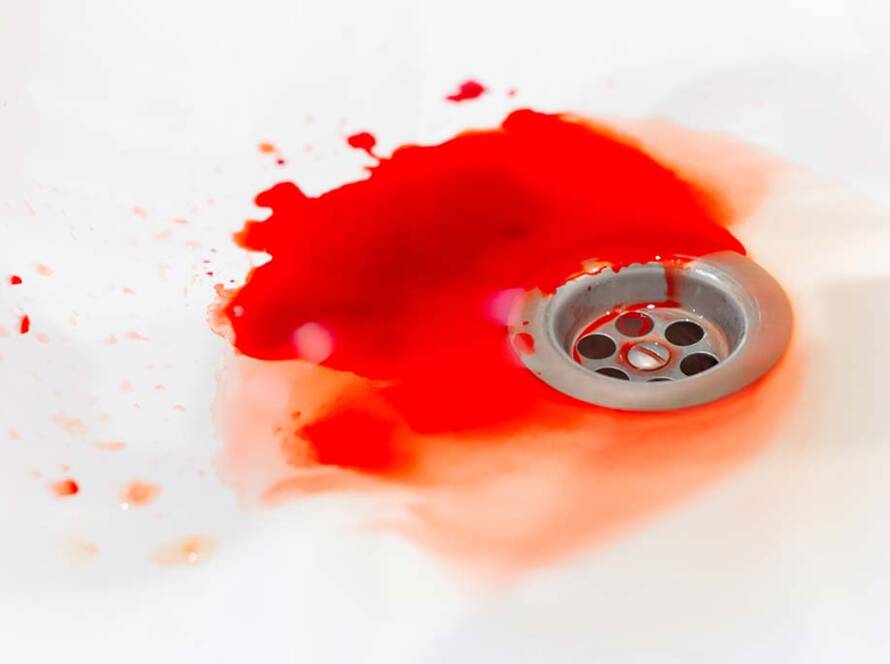There are a lot of key differences you’d want to factor in when choosing an ink for your art. Most of these differences are rather minute on the surface, but can make a world of a difference for those looking for a product suitable to their needs. And while the term ‘ink’ is commonly used with a multitude of art mediums, for simplicity’s sake, we’ll only be going over the differences between calligraphy, drawing, India, acrylic, and alcohol inks. All of which have a more fluid viscosity similar to how you’d think of traditional, standard, ink.
Calligraphy ink, as the name would suggest, is best suited for calligraphy work! But, you don’t have to apply it to your surface with just a dip pen. You can also use either a brush or pipette to apply the ink to your surface. However, it’s recommended to only use those three tools. Unfortunately, most articles I looked at didn’t specify why you shouldn’t use calligraphy inks in other tools such as airbrushes or fountain pens. I theorize that the biggest reason why most people are warned against using calligraphy inks in tools such as those is due to the properties of calligraphy ink.
Most calligraphy inks are water-proof, meaning you’ll have a hard time removing them from sensitive and delicate tools like airbrushes or fountain pens. Since most calligraphy inks are water-proof, you do need to use pen cleaner to fully remove this type of ink from most applicators, like brushes. However, notice how I said most inks and not all. That’s because not all calligraphy inks are water-proof! There are very few that are water-soluble. But, that all depends on the brand you’re buying from and how they formulate their inks.
Regardless of if they’re waterproof or water-soluble, most calligraphy inks share similar properties. A majority of calligraphy inks are pigment based, fully lightfast, and smudge/bleed proof once dry. This means you won’t see any fading colors or discoloration over long periods of time due to light exposure! Moreover, calligraphy inks are more opaque than drawing inks, but are available in a limited color range. Calligraphy inks can also be non-clogging, but that is also dependent on the brand.
There are some benefits to choosing drawing inks over calligraphy inks. For example, you’re not limited in your application process with drawing inks the same way you are with calligraphy inks. You can use drawing inks with brushes, dip pens, and pipettes just like you would with calligraphy inks, but you can also use them with other applicators too. Use them with airbrushes (so long as you thin it first), some technical pens, stamp pads, and many other applicators! Winsor & Newton even suggests applying their drawing inks with non-traditional applicators such as, “… cocktail sticks, feathers, toothbrushes, even your fingertips,” (Winsor & Newton, ‘A Guide To Using Drawing Inks’). Needless to say, the application possibilities and effects you can achieve are endless when it comes to using drawing inks.
Another benefit to using drawing inks is their color selection. Most articles I’ve looked at stated that drawing inks have a greater variety of colors when compared to calligraphy inks. Furthermore, many have claimed that drawing inks have more vibrant, intense, color payoff than calligraphy inks. However, this does come with some drawbacks! Since drawing inks are made with dye rather than pigment, they have a lower lightfastness rating. This means that the intense color you’ll initially start with will drastically fade over the span of 50-100 years. Leaving your artwork with dull, faded, and washed out colors!
Another thing to consider is that most drawing inks will smudge rather easily, and that most are water-resistant. To certain artists these “downsides” may be beneficial! Watercolorists can thin drawing ink with water to create water-resistant washes for areas of their artwork. Others may want to take advantage of the fact that drawing inks may fade or smudge to create certain effects and looks in their artwork.
India ink is another name you will hear floating around the ink sphere. India inks (also known as China inks) are carbon based black inks that share similar aspects to most drawing inks. Depending on the formulation some India inks can either be water soluble or waterproof, but almost all will have a slightly glossy finish. Just think of India inks as a permanent, archival, opaque, black drawing ink with a higher lightfastness rating than regular drawing inks.
Despite the similarities between the three aforementioned inks, the last two inks we’ll be discussing are vastly different in comparison! Acrylic ink, as its name would suggest, it’s an ink made of acrylic. More specifically, it’s a pigment based ink that becomes water-resistant once dry, and is generally rather opaque and has a high lightfastness rating.
And since it’s made with the same properties as regular acrylic paint, you’re able to apply this ink in the same way you would with regular acrylics! Feel free to use it on canvas, primed wood panels, canvas paper, mixed media sketchbooks, and more! Like with drawing inks, you can use acrylic inks with just about any applicator you can think of. And since acrylic inks are another variation of acrylics, you can mix them with other forms of acrylic paints! So don’t be afraid to experiment and have fun.
Alcohol ink is another distinct variation of ink as its properties differ drastically from the other inks. Similarly to acrylic ink, as its name would suggest, alcohol ink is made from dyed alcohol. Once the alcohol evaporates, only the colored dye is left behind. These inks are fairly transparent, 100% waterproof, and are very fast drying. One of the more interesting aspects of alcohol ink lies in its transparency. You can easily use these inks to build up layers and add depth, color, or effects to your work!
The only two real downsides to using alcohol ink lies in its permanency and lightfastness. Like with drawing inks, alcohol inks have a fairly low lightfastness rating, meaning the color will fade and dull over time. As mentioned earlier, alcohol inks are fully waterproof so they won’t smudge or remove easily, which can be beneficial to some. But if you ever find yourself wishing to remove the ink, you can remove it (from non-porous surfaces) with rubbing alcohol. However, depending on the formulation, some alcohol inks may stain or slightly discolor your surface!
As for your surfaces and application use, you’re pretty limited when it comes to alcohol ink. It’s recommended that you use either pipettes, eye droppers, or squeeze bottles to apply the ink. As for your surfaces, alcohol inks work best on non porous surfaces such as Yupo, clay boards, or ceramic tiles. Although, alcohol inks can be used on porous surfaces (such as canvas, fabric, or wood) to create stains or a more uncontrolled look.
As I mentioned during the beginning of this article, choosing an ink that’s suitable for your artistic needs is important! Each ink has its own benefits and downsides that you should consider when choosing between them. And hopefully this article helped educate you on the differences between inks!
Sources:
Mont Marte, 2023, ‘Guide to acrylic ink vs. drawing ink’, Nov. 24, 2023, https://www.montmarte.com/blogs/guide/guide-to-acrylic-ink-vs-drawing-ink
Flax Art & Design, ‘Ink Buying Guide’, https://flaxart.com/ink-buying-guide/
Lisa Takahashi, 2021, ‘A Guide to Ink’, Nov. 22, 2023, https://www.jacksonsart.com/blog/2021/11/22/a-guide-to-inks/
Tanith Hindley, 2023, ‘A Beginner’s Guide to Artists Inks’, Oct. 4, 2023, https://www.artsupplies.co.uk/blog/a-beginners-guide-to-artists-inks/?srsltid=AfmBOoq8Es9MkTkshs83TodHkEN3Y8iazEBKnYHhjnst9CAYcM3fNrCl
Winsor & Newton, ‘Calligraphy and Drawing Inks’
Winsor & Newton, ‘A Guide To Using Drawing Inks’


